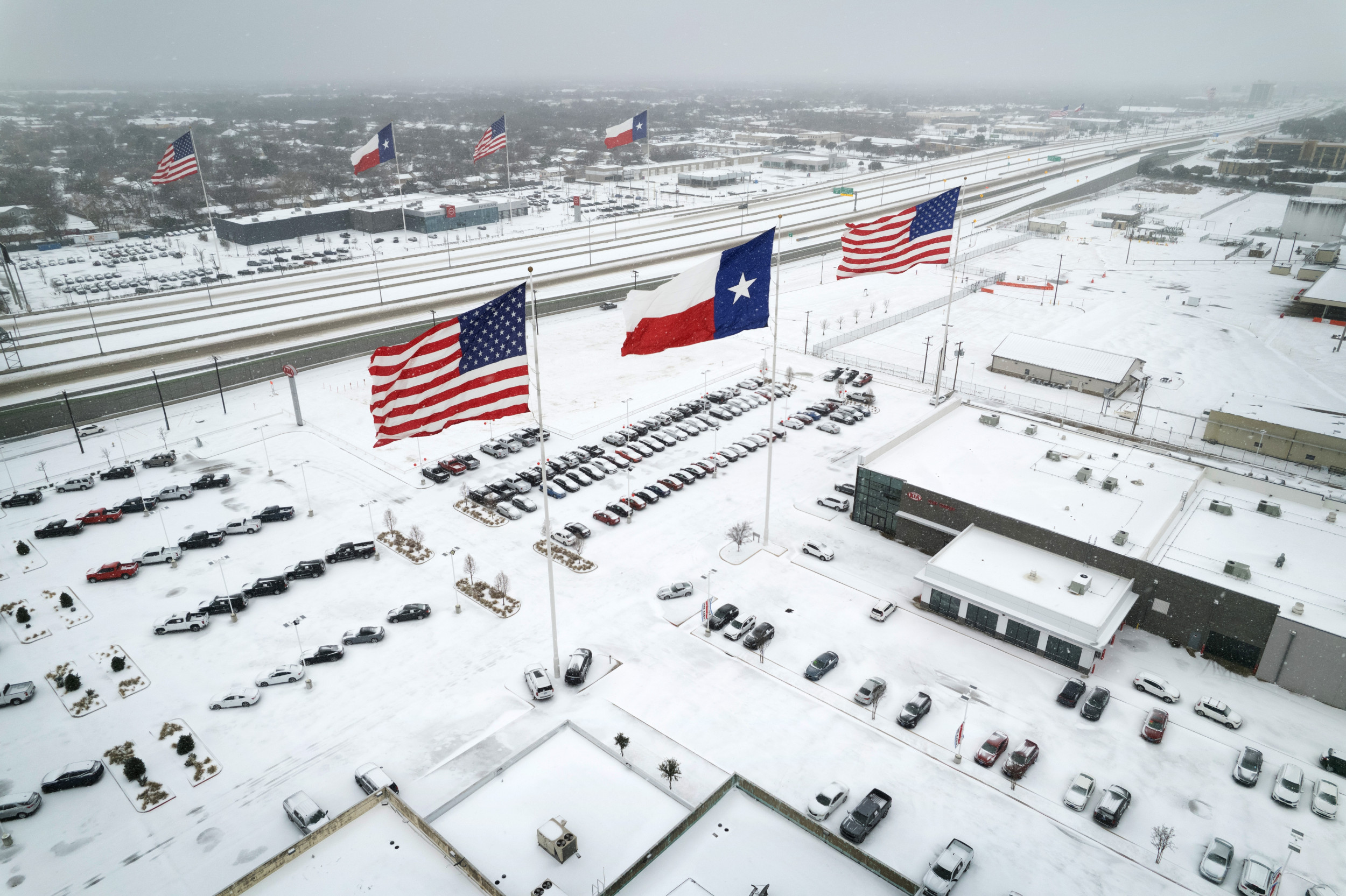World
Remains of World War II Marine Recovered and Will Be Buried Stateside After 80 Years

The remains of a Marine killed in World War II were identified and are scheduled to be laid to rest Tuesday, the Defense POW/MIA Accounting Agency announced in a news release last week.
Sgt. Robert F. Van Heck, of Chicago, Illinois, was 25 years old in 1943 when he was killed during the U.S. campaign in the Pacific, the agency reported. He was a member of the 2nd Marine Division, Fleet Marine Force, which saw heavy combat over several days of fighting against the Japanese military on an atoll of the Gilbert Islands located in the South-Central Pacific.
Van Heck’s remains were accounted for on April 13, 2023, the agency said, using anthropological and DNA analysis. He will be buried Jan. 7 in Hillside, Illinois, a small suburb of Chicago, the agency said.
Read Next: Air Force Veteran Tells the Story of Hidden Health Risks at Nevada Test Site
In November 1943, Marines were facing heavy Japanese resistance on the island of Betio, part of the Tarawa Atoll in the Gilbert Island chain. After days of fighting, roughly 1,000 Marines and sailors were killed and thousands more were wounded, leaving the Japanese forces “virtually annihilated,” the DPAA said.
The agency said that roughly 350 service members’ remains are still unaccounted for from the battle.
CBS News reported that Van Heck sent a letter home to his family, which was later published in a newspaper shared with the outlet by U.S. officials. Van Heck said: “Don’t count on me coming home this spring as we had planned.”
According to the clipping, his family received a telegram announcing Van Heck’s death only half an hour after they read that letter.
Three years after the campaign in the Gilbert Islands, the 604th Quartermaster Graves Registration Company consolidated the American remains recovered from the Tarawa Atoll and sent them to Hawaii for analysis, the DPAA said.
Nearly half of the known casualties were never located, the agency said, and those who could not be identified were buried anonymously at the National Memorial Cemetery of the Pacific in Hawaii. In 2017 — nearly 75 years after the conflict — DPAA disinterred “Tarawa Unknown X-265,” the code Van Heck’s remains were labeled as before his identification.
“A rosette will be placed next to his name to indicate he has been accounted for,” the DPAA said.
Scientists with the Armed Forces Medical Examiner System used something called mitochondrial DNA, or mtDNA, to analyze those remains — a type of genetic analysis used in forensic science.
According to an online obituary, Van Heck served as an amphibian tractor crewman during the assault on Betio. It said that his vehicle was an LVT-1, an amphibious landing vehicle, named “Wabbit Twacks” and painted with the number “13 ½” to “ward off bad luck.”
Many of the approximately 350 unaccounted for troops from Tarawa were Marines killed on the first day, according to the DPAA, likely from intense artillery and machine-gun fire while the amphibious assault was ongoing. In 2016, the DPAA expanded efforts to identify remains from the battle, disinterring nearly 100 caskets.
Since the renewal of recovery efforts in the 1970s, the DPAA said, nearly 1,000 Americans killed in World War II have been identified and returned home. The agency said that there are still 71,989 troops who served in that conflict unaccounted for.
Related: Two WWII Marines Accounted For









![Podcast [English World] Episode 79: Stabbing in Shenzhen Podcast [English World] Episode 79: Stabbing in Shenzhen](https://img.kyodonews.net/english/public/images/posts/8367a5e1916be92c4e60b9cb878b241b/cropped_image_l.jpg)